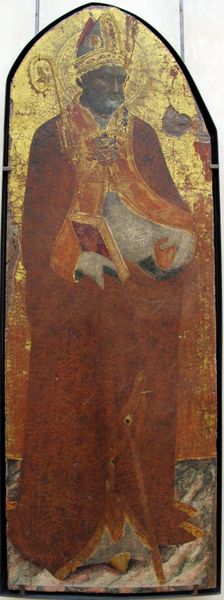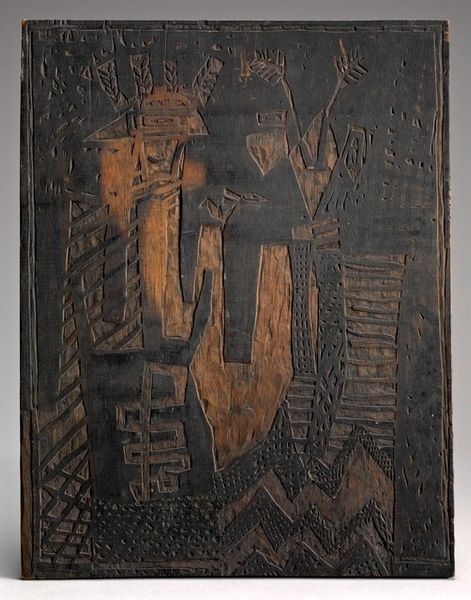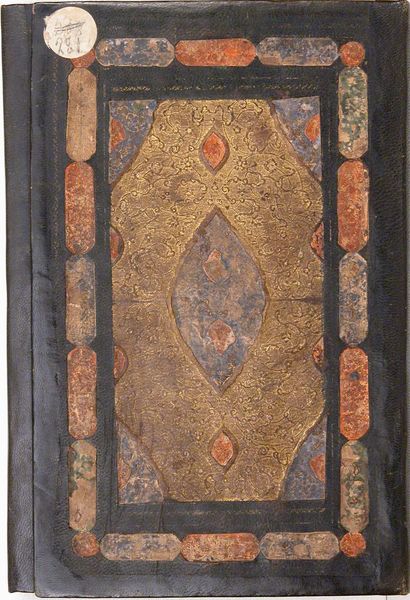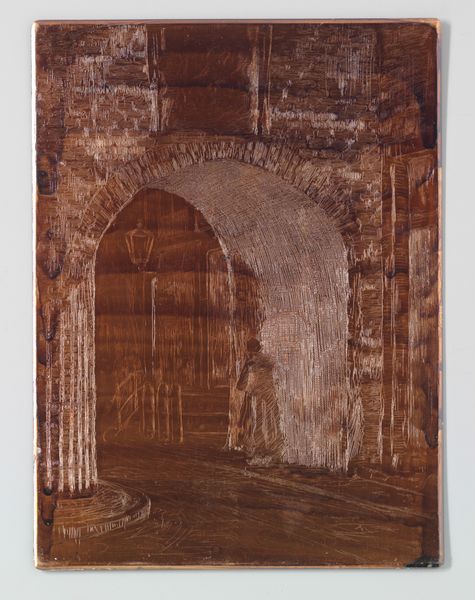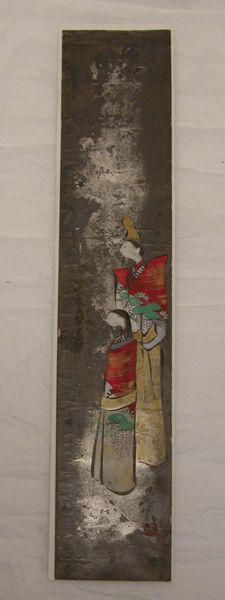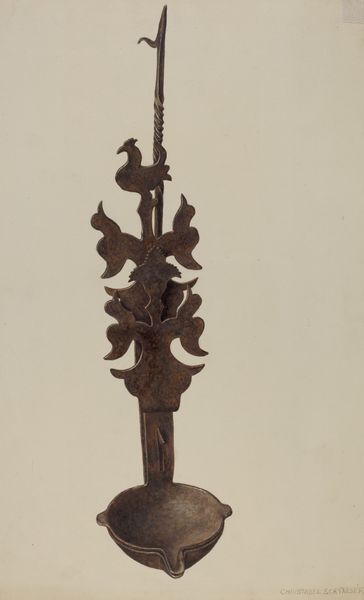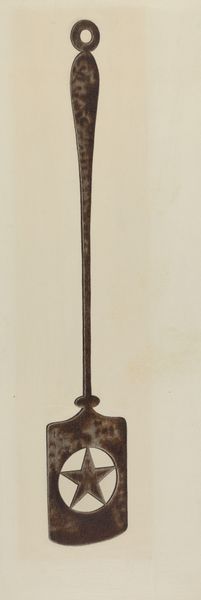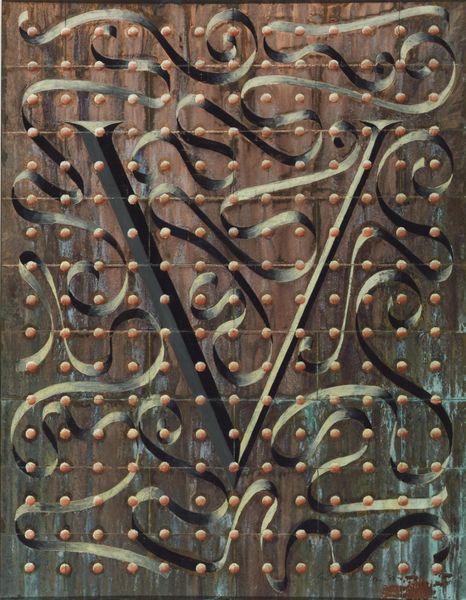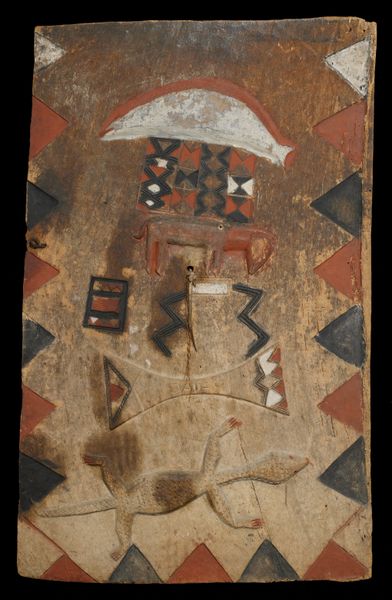
oil-paint
#
portrait
#
byzantine-art
#
oil-paint
#
oil painting
#
naive art
Copyright: Orthodox Icons,Fair Use
Curator: Looking at this icon, painted around 1590, the figure of Saint Simeon Stylites, in oil, immediately suggests to me a certain stoicism, wouldn’t you agree? Editor: Absolutely. The stark presentation, that high vantage point, there is a sense of isolation, but also incredible presence. This Byzantine style—how does it connect with earlier representations? Curator: This image resonates with symbolic defiance through asceticism, characteristic of depictions of Simeon, mirroring the spiritual pursuit of detachment from worldly affairs. Notice the stylized elements, like the simple rendering of the face and the deliberate elongation of the body – they invite us into the contemplative world of Simeon's unwavering devotion. The pillar itself isn't just a structure, it symbolizes spiritual elevation, endurance, and public proclamation of faith. Editor: Yes, and considering this work is from around 1590, a time when religious imagery was so politically charged throughout Europe, how did representations like this function within their local, possibly Orthodox, communities? Were these images intended to offer hope, inspire resistance, or perhaps underscore a kind of timeless stability? Curator: Icons such as this were far more than decorative; they acted as spiritual portals. Saint Simeon’s column is not only his literal location but it’s a bridge connecting earthly existence with the divine, his solitary figure an accessible role model, perhaps an allegorical appeal for societal rigidity and dedication during tumultuous eras. Icons functioned to promote specific beliefs, reinforce group identities, and facilitate direct interaction with sacred persons and ideas through prayer and veneration. Editor: Considering the social context and then the almost...raw simplicity of the work, what does it say about art patronage, and how was such an item deployed? I'd hypothesize its deployment within a community centered around firm ideological conformity in counter-reformation culture? Curator: This would very possibly have been placed somewhere prominent to show steadfastness in belief; this pillar rising above, pushing beyond any contemporary change in belief systems. It’s such a poignant, persistent message throughout changing times. Editor: Indeed. Its capacity to transmit this image of strength throughout history continues to strike a chord. The emotional, historical, and visual weight are quite the testament to Simeon's place. Curator: And its impact echoes even now as a window onto unwavering conviction through imagery.
Comments
No comments
Be the first to comment and join the conversation on the ultimate creative platform.

